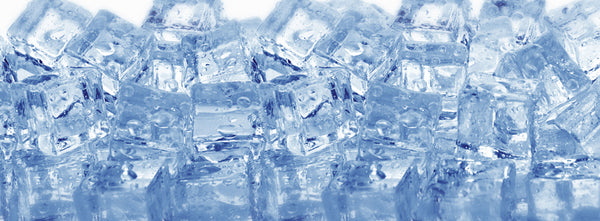
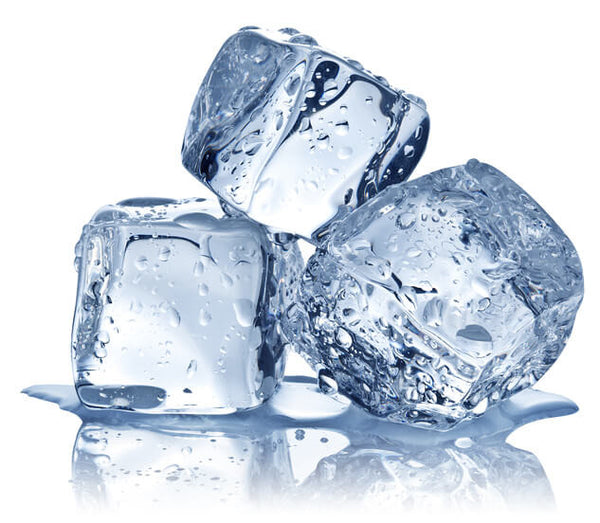
by Jake H., KONG Cooler Engineer/R&D
Here's the truth about ice retention. First, there is really no standard out there that we can find. Most tests have some standard body like ANSI or ASTM associated with them that dictate the testing procedure so everyone is reporting comparable results.
In order to give our KONG Cooler a number-of-days rating, we tested our coolers at 70 degrees (day and night), opening once a day for two minutes, starting with ice filled to capacity. We tested our coolers side-by-side against leading brands (and beat them) and monitored the temperature with a data acquisition tool. Check out some of our cooler comparison testing data (PDF). Here's the bottom line: you can take a cooler–any cooler–and make the ice last less than a day. You can take the same cooler and make the ice last for 30 days or more. It all depends on the conditions.
1. Pre-chill/freeze everything you can, including the cooler. To pre-chill your cooler, put a bag of ice in the night before, drain in the morning, and then top it off with ice before your adventure. Don’t drain the water later. It will help to keep things cold once the cooler has stabilized temperature.
2. Use lots of ice in the cooler.
3. Keep the cooler lid closed as much as you can.
Let's dig deeper into the science behind these simple tricks for maximizing your KONG Cooler:
1. Water uses a very defined amount of energy to go up or down in temperature, called “specific energy.” For water, it is one Joule per milliliter (ml) per degree C. So, to make one ml of water go up one degree, it requires one Joule (one Joule equals .24 calories or .001 BTU). There is one major exception, and it is what makes a cooler work: PHASE CHANGE (I said that with a big, deep voice. Try it–fun).
Phase change is when something changes state; for example: a solid to a liquid or a liquid to a vapor or gas. Phase change takes substantially more energy to move the temperature when phase change is occurring.
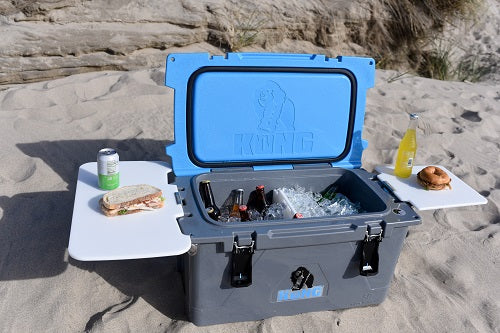
Let's break it down...
Here's an example everyone is familiar with. Rubbing alcohol evaporates (changes phase) pretty easily. If you take rubbing alcohol that is at room temperature and put it on your skin, then blow on it, it feels cold. But why... it's not cold? It's because it needs a lot of energy to evaporate (change phase) and it has a supply of energy from your body heat. It's actually stealing energy in the form of heat from your skin in order to change phase, causing it to feel cold.
Ice needs a lot of energy to change phase from a solid to a liquid... and it wants to change, oh so badly! It will steal heat from the stuff you put in it or from the cooler itself. Don't give it that energy! Pre-chill your stuff. Once phase change is all done, and all your ice is water, it takes much less energy to heat up and it won’t keep cold much longer.
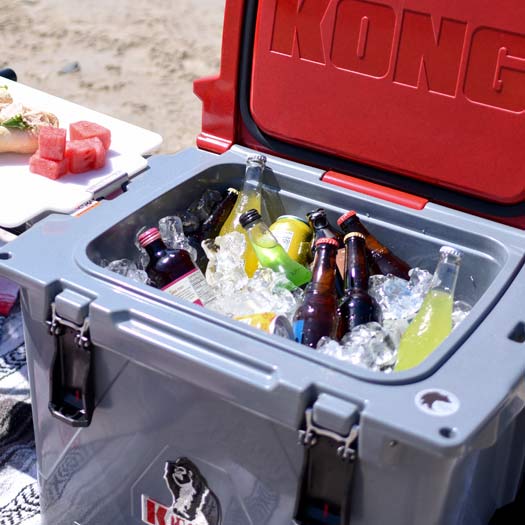
Unless the cooler is in an environment under 32 degrees F, ice will melt. That's what makes the cooler work: the rate of melting that we slow way down with our premium cooler. Don’t be surprised if you put room temperature items into a room temperature cooler and your ice starts to melt quickly. The ice is stealing energy rapidly from the items you put in the cooler as it brings them down to a cold temperature. Once the items stabilize to a cold temp, the ice melting will slow way down.
Lastly, the bigger the cooler, the more ice it will hold, and the longer it will last.
If your cooler is hot, and the stuff you put in your cooler is hot, once you put ice in it, it will actually perform worse than a cheap cooler. This is because it has more hot stuff, such as insulation and plastic (more thermal mass) than a cheap cooler. You turned it into a really nice oven instead of a really nice cooler!
By the way, our coolers will keep things hot for a really long time too for you tailgaters–mmmm ribs.
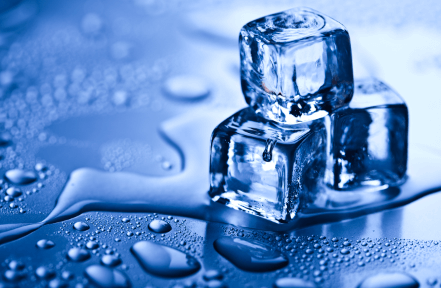
2. People use words like thermal mass which is really just mass, but let's go back to specific energy. Remember it was one Joule per degree per milliliter. So the more milliliters of ice you have the more energy it’s going to take.
3. We know the ice is looking for heat energy. Once there is no more heat energy in the cooler, where does it get it? Answer: from the outside environment. At KONG, we use big, thick, densely-foamed walls so the ice has to try really hard to suck that energy through those big, thick walls. The ice can’t breathe; it can’t get the heat to phase change. It is trying, trying, trying. Then you open the lid and it takes a big gulp of fresh, beautiful heat to help it change to water. Close it! Close it! Yes, we know you gotta get stuff out of it, but just try to keep open time to a minimum.